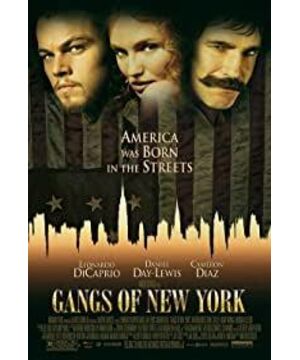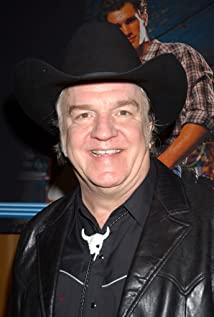The most successful part of this work is when he presents the three factions, the "local gang" representing American nativism, the "dead rabbit gang" representing integration and equality, and the U.S. government in a "fair" presentation to the audience. It is up to you to judge the pros and cons of representing values. How did he do it? This is when combining various characters, each with its own beautiful and ugly designs, such as the loneliness of the villain Bill in the scene and the charm of the actors, which makes this character not hateful, so the audience's expectation on the road of revenge is not to let Amsterdam kill. he. And Amsterdam's ego, his Hamlet-like indecision, even a bit of a girly performance, lends the character a neutral tone. The U.S. government, which was originally at a disadvantage in public opinion, had a self-defense color because of the last massacre, and the government was facing unjust gang behavior, so his color was not so abhorrent. The audience's identity in the group, so the final movie viewing experience is compared to the self.
But this is also the disadvantage of this film. The director's love can be seen in the shadows of all the characters. So what is the final feeling of this film? In the end, we should believe in American nativism and local culture, but believe in the harmony of foreign cultures, but believe that the government must have its coercive means to maintain the apparent peace.
In short, I like the last shot of the film. Everything that happens now will always become dust, and the ultimate hope of society is freedom and equality.
View more about Gangs of New York reviews











